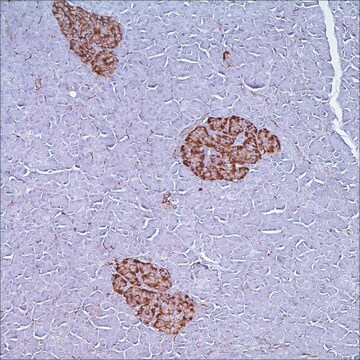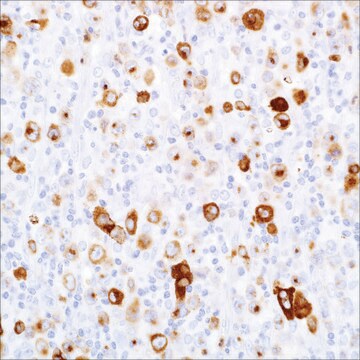293237
Éthylène glycol
spectrophotometric grade, ≥99%
Synonyme(s) :
1,2-Éthanediol
About This Item
Produits recommandés
Qualité
spectrophotometric grade
Niveau de qualité
Densité de vapeur
2.1 (vs air)
Pression de vapeur
0.08 mmHg ( 20 °C)
Pureté
≥99%
Forme
liquid
Température d'inflammation spontanée
752 °F
Limite d'explosivité
15.3 %
Technique(s)
UV/Vis spectroscopy: suitable
Impuretés
<0.050% water
Indice de réfraction
n20/D 1.431 (lit.)
Point d'ébullition
195-198 °C
Pf
−13 °C (lit.)
Densité
1.113 g/mL at 25 °C (lit.)
λ
H2O reference
Absorption UV
λ: 210 nm Amax: 1.00
λ: 220 nm Amax: 0.40
λ: 250 nm Amax: 0.10
λ: 300 nm Amax: 0.01
Chaîne SMILES
OCCO
InChI
1S/C2H6O2/c3-1-2-4/h3-4H,1-2H2
Clé InChI
LYCAIKOWRPUZTN-UHFFFAOYSA-N
Vous recherchez des produits similaires ? Visite Guide de comparaison des produits
Application
- Tandem affinity purification-mass spectrometry (TAP-MS) characterization of protein complexes
- Measurement of total protein content using a ninhydrin-based quantification method
Mention d'avertissement
Warning
Mentions de danger
Conseils de prudence
Classification des risques
Acute Tox. 4 Oral - STOT RE 2 Oral
Organes cibles
Kidney
Code de la classe de stockage
10 - Combustible liquids
Classe de danger pour l'eau (WGK)
WGK 1
Point d'éclair (°F)
239.0 °F - open cup
Point d'éclair (°C)
115 °C - open cup
Certificats d'analyse (COA)
Recherchez un Certificats d'analyse (COA) en saisissant le numéro de lot du produit. Les numéros de lot figurent sur l'étiquette du produit après les mots "Lot" ou "Batch".
Déjà en possession de ce produit ?
Retrouvez la documentation relative aux produits que vous avez récemment achetés dans la Bibliothèque de documents.
Les clients ont également consulté
Notre équipe de scientifiques dispose d'une expérience dans tous les secteurs de la recherche, notamment en sciences de la vie, science des matériaux, synthèse chimique, chromatographie, analyse et dans de nombreux autres domaines..
Contacter notre Service technique








